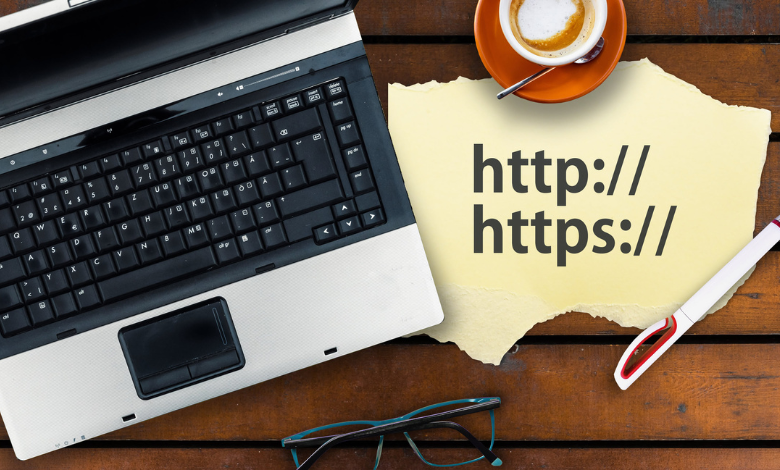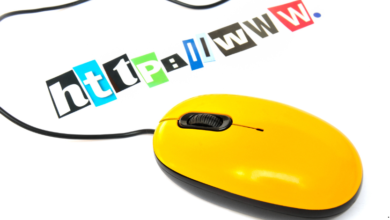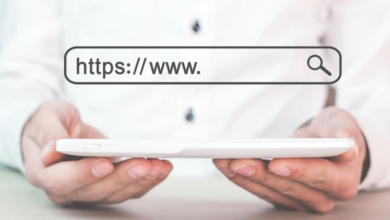Http://192.168.68.256

An Internet Protocol (IP) address is a unique identifier for a device on a network, whether it’s on the internet or a local network. It allows devices to communicate with each other by routing data packets between them. There are two main types of IP addresses: IPv4 and IPv6.
- IPv4: The most commonly used IP address format, which consists of four octets separated by periods (e.g., 192.168.1.1).
- IPv6: A newer format designed to handle the increasing number of devices connected to the internet, consisting of eight groups of hexadecimal digits separated by colons (e.g., 2001:0db8:85a3:0000:0000:8a2e:0370:7334).
Common IP Address Issues
- Invalid IP Address: As in the example
http://192.168.68.256, IP addresses must be within a certain range for each octet. For IPv4 addresses, each octet must be between 0 and 255. An address like192.168.68.256is invalid because256exceeds the maximum value of255. - Network Conflicts: Sometimes, multiple devices on the same network might end up with the same IP address, causing conflicts. This usually happens if the network’s DHCP (Dynamic Host Configuration Protocol) server fails to assign unique addresses or if addresses are manually set incorrectly.
- Address Not Reachable: If you’re trying to access a device or a service using an IP address and it’s not reachable, the issue could be with network settings, firewall configurations, or the device itself.
- Incorrect Subnet: If a device is configured with an IP address that doesn’t match the subnet of the network, it won’t be able to communicate effectively. For instance, an IP address of
192.168.1.10with a subnet mask of255.255.0.0would be out of place in a192.168.1.xnetwork.
How to Resolve IP Address Issues
- Verify IP Address Format: Ensure the IP address you are using is within the correct range. For IPv4, each segment should be between 0 and 255.
- Check Network Settings: Make sure that your network settings, including the subnet mask and default gateway, are correctly configured. Ensure that there are no IP address conflicts within your network.
- Use DHCP Properly: Ensure that the DHCP server is correctly configured and functioning to assign unique IP addresses to devices automatically.
- Check Device Connectivity: Ensure the device you are trying to access is powered on and properly connected to the network. Check for any hardware or software issues that might be causing connectivity problems.
- Consult Documentation: If you are configuring network devices or troubleshooting, refer to the device’s manual or technical support for guidance on correct IP address configurations.
Conclusion
Understanding IP addresses and their correct configuration is crucial for maintaining a stable and functional network. Whether you’re setting up a home network, managing a business network, or troubleshooting connectivity issues, ensuring that IP addresses are valid and correctly configured can save time and prevent problems.
If you encounter issues with IP addresses like the invalid example http://192.168.68.256, reviewing the address format and network settings is a good first step.



